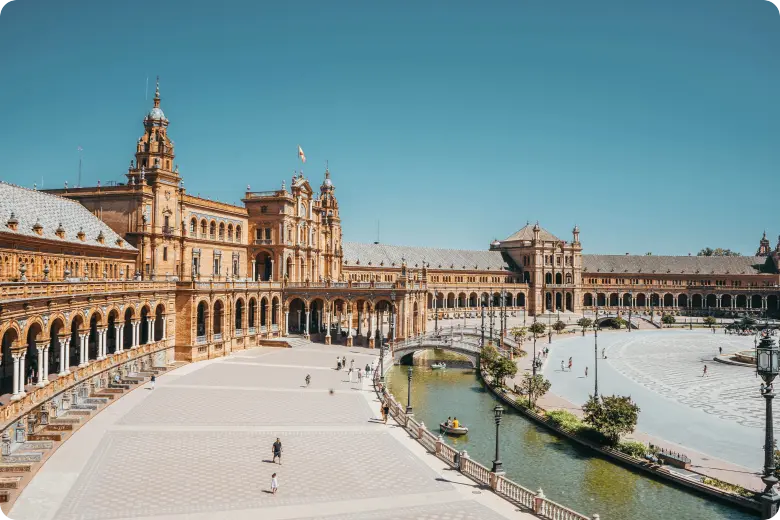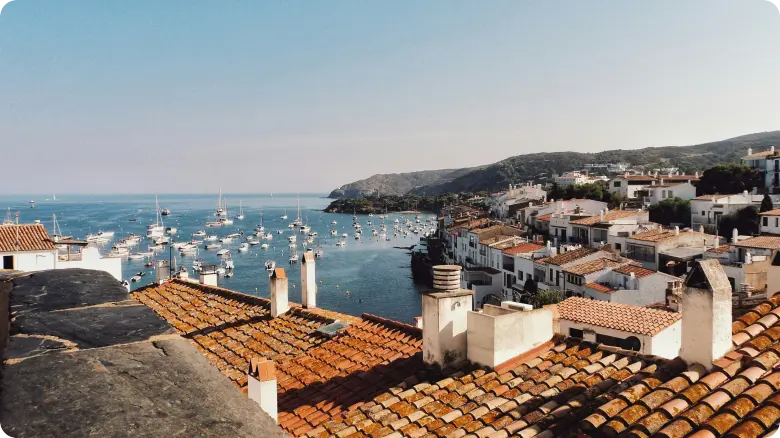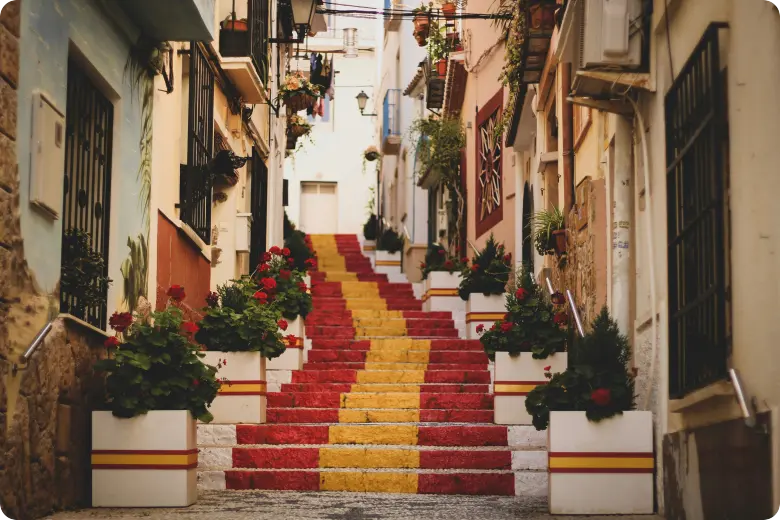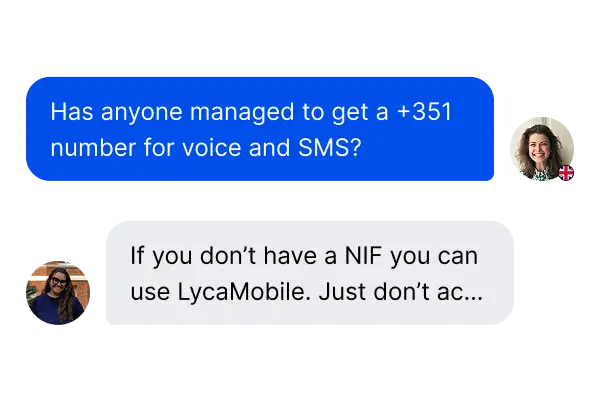Choosing the Right Option
For an initial NIE application (white paper), select "Policía-Asignación de NIE."
- For EU citizens applying for residency (green certificate), select "Policía-Certificados UE."
- For non-EU citizens (TIE card), it's typically under "Policía-Toma de Huellas (Expedición de Tarjeta)."
Step 2: Gathering your documents
Being overpreparedness is your best strategy. Bring the original and at least one photocopy of everything.
For all applicants:
- Application Form:
- Form EX-15: For a basic, non-resident NIE.
- Form EX-18: For EU citizens applying for residency.
- Form EX-17: For non-EU citizens applying for their TIE.
Fill it out in Spanish on your computer before printing. Do not sign it until you are at the appointment.
- Valid Passport: And a photocopy of every single page (yes, even the blank ones).
- Proof of Why You Need an NIE: This is crucial. It could be a work contract, a letter of intent from an employer, a property purchase agreement (contrato de arras), or proof of school enrollment.
- Fee Payment Receipt (Tasa Modelo 790, Código 012): You must pay this before your appointment. The fee is around €10-€15.
- Two recent passport-sized photos with a white background (mainly for TIE applications).
Additionally for EU citizens applying for Residency:
- Proof of sufficient funds (a Spanish bank statement showing over €6,000 or a work contract).
- Proof of public or private health insurance in Spain.
Additionally, for non-EU citizens applying for a TIE:
- Your valid visa.
- Proof of your legal entry into Spain (the stamp in your passport).
- Proof of address registration (Certificado de Empadronamiento).
Step 3: Paying the Fee (Tasa 790-012)
You must pay the administrative fee before you go.
- Fill out the Modelo 790, Código 012 form online.
- Select the option that applies to you (e.g., "Asignación de Número de Identidad de Extranjero (NIE)").
- Print the completed form (it will have a barcode).
- Take it to any major Spanish bank and pay it in cash. They will stamp it as paid. You MUST bring this stamped receipt to your appointment.
Step 4: Appointment day
Arrive early. The official will review your documents. If everything is correct, you might receive your white paper NIE or green residency certificate on the spot.
For a TIE card, they will take your fingerprints, and you’ll be told to come back in 30-45 days to collect the physical card.
Applying for your NIE from abroad
If you want to get a head start, you can apply for a non-resident NIE at your nearest Spanish Consulate or Embassy before you move.
The process is similar: you'll need the EX-15 form, your passport, and justification, but the fee will be paid in the local currency. This process can take anywhere from two weeks to several months, so plan accordingly.
How to apply for your NIE from abroad
If you want to handle it before you even set foot in Spain due to preparedness (like buying a property or setting up a company, or just pretty much organizing your life), applying from your home country is the way to go.
The process is handled by the Spanish Embassy or one of its consulates. You can also hire a third-party company.








